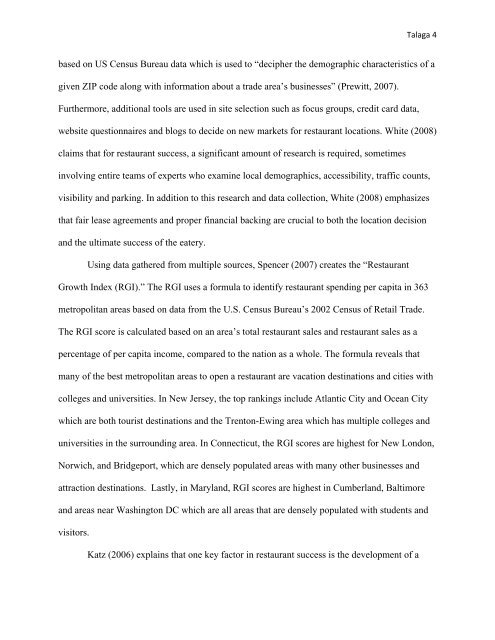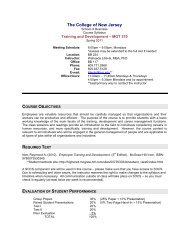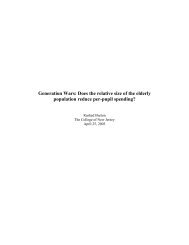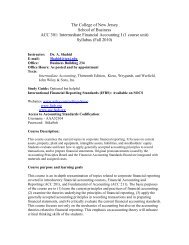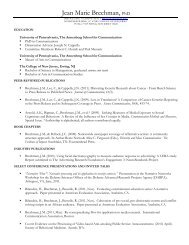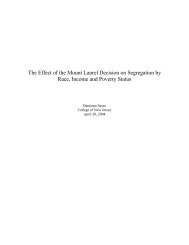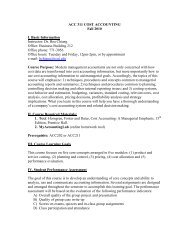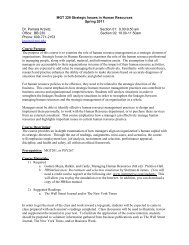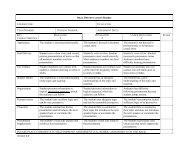Location, Location, Location: An Econometric Analysis of Restaurant ...
Location, Location, Location: An Econometric Analysis of Restaurant ...
Location, Location, Location: An Econometric Analysis of Restaurant ...
Create successful ePaper yourself
Turn your PDF publications into a flip-book with our unique Google optimized e-Paper software.
Talaga 4<br />
based on US Census Bureau data which is used to “decipher the demographic characteristics <strong>of</strong> a<br />
given ZIP code along with information about a trade area’s businesses” (Prewitt, 2007).<br />
Furthermore, additional tools are used in site selection such as focus groups, credit card data,<br />
website questionnaires and blogs to decide on new markets for restaurant locations. White (2008)<br />
claims that for restaurant success, a significant amount <strong>of</strong> research is required, sometimes<br />
involving entire teams <strong>of</strong> experts who examine local demographics, accessibility, traffic counts,<br />
visibility and parking. In addition to this research and data collection, White (2008) emphasizes<br />
that fair lease agreements and proper financial backing are crucial to both the location decision<br />
and the ultimate success <strong>of</strong> the eatery.<br />
Using data gathered from multiple sources, Spencer (2007) creates the “<strong>Restaurant</strong><br />
Growth Index (RGI).” The RGI uses a formula to identify restaurant spending per capita in 363<br />
metropolitan areas based on data from the U.S. Census Bureau’s 2002 Census <strong>of</strong> Retail Trade.<br />
The RGI score is calculated based on an area’s total restaurant sales and restaurant sales as a<br />
percentage <strong>of</strong> per capita income, compared to the nation as a whole. The formula reveals that<br />
many <strong>of</strong> the best metropolitan areas to open a restaurant are vacation destinations and cities with<br />
colleges and universities. In New Jersey, the top rankings include Atlantic City and Ocean City<br />
which are both tourist destinations and the Trenton-Ewing area which has multiple colleges and<br />
universities in the surrounding area. In Connecticut, the RGI scores are highest for New London,<br />
Norwich, and Bridgeport, which are densely populated areas with many other businesses and<br />
attraction destinations. Lastly, in Maryland, RGI scores are highest in Cumberland, Baltimore<br />
and areas near Washington DC which are all areas that are densely populated with students and<br />
visitors.<br />
Katz (2006) explains that one key factor in restaurant success is the development <strong>of</strong> a


